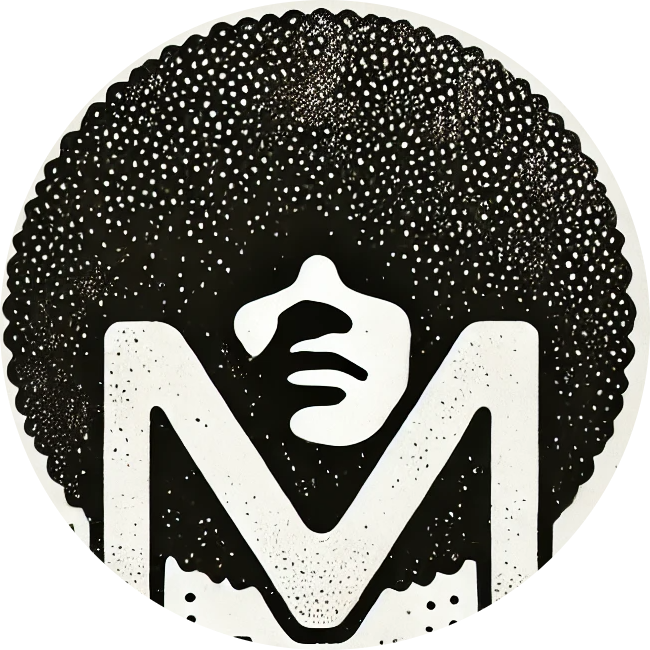Can AI Models Really Replace Human Models in Fashion?
Follow me on Twitch: https://www.twitch.tv/fashionroadman
My E-Book: https://www.thefashionarchivemag.com/shop
Patreon: https://www.patreon.com/fashionroadman
Spotify: https://open.spotify.com/show/30khAeSML8vrmhrbCL86Ca
Join My Fashion Discord: https://discord.gg/vW6vMz2eHq
Website: https://www.thefashionarchivemag.com/
Social Media: https://linktr.ee/fashionroadman
Join this channel to get access to perks:
https://www.youtube.com/channel/UCVmPyrwjL0wepDhmvgzlOcA/join
Donate To The Channel: https://monzo.me/odunayomichaelojo
___________________
MORE INFO
The impact of AI has been felt across industries from Hollywood to publishing – and now it’s come for modelling. H&M announced last week that it would create AI “twins” of 30 models with the intention of using them in social media posts and marketing imagery if the model gives her permission.
In a statement, Jörgen Andersson, the chief creative officer at H&M, described the idea as “something that will enhance our creative process and how we work with marketing but fundamentally not change our human-centric approach in any way”.
The retail giant has worked with successful models including Vilma Sjöberg and Mathilda Gvarliani, who model for Vogue and brands including Chanel. As part of the agreement, each model would be able book her twin on shoots for other brands – meaning they could, in image anyway, be in two places at the same time. Speaking to The Business of Fashion, Gvarliani described her replica as “like me, without the jet-lag”. Images of AI and human, side by side, look scarily lifelike.
The news has been greeted with dismay by the wider industry, which fears this could be the start of a shift. It mirrors the concerns of Hollywood workers who went on strike in 2023 over the use of AI in film and TV. This is not the first time a major fashion company has explored AI models – Levis and Hugo Boss have also experimented with the technology.
Bectu, the union that represents the creative industries, explained the concerns. “Even if models are compensated for the use of their image, it is hard to see how using technology will not have a significant detriment to other fashion creatives and industry workers, from make-up and hair, to rigging and lights,” said the head of the union, Philippa Childs. A survey found that 54% of Bectu workers believed AI would have a negative impact on the fashion industry.
Those advocating for models have also raised concerns. Sara Ziff, the founder of Model Alliance, says: “There are a lot of open questions, and one of them is about compensation. What does fair compensation for a digital twin look like?” H&M has said each model would be paid when their twin was used, with the fee negotiated with their agency.
In 2020, the model and founder of technology education company WAYE, Sinead Bovell, wrote an article in Vogue titled ‘I Am a Model and I Know That Artificial Intelligence Will Eventually Take My Job’. She raises the issue of the lack of regulation. “If a model gives their consent to use their likeness somewhere, it can enhance the actual AI model, the data centre that the company uses, which could accelerate automation,” she says. “There’s all these nuanced ways that models may get even more exploited.”
Guard rails are being built. The Model Alliance’s Fashion Workers’ Act comes into law in June – a piece of legislation which requires consent from models for AI usage, when working with agencies based in the state. “It couldn’t be more timely,” says Ziff. “With H&M’s announcement, it gives a lot of other industry players licence to move forward in a way that could be very reckless and damaging.”
In addition to this, the AI Act will be introduced in the EU in 2026, requiring AI images to be labelled as such (H&M said it would use a watermark on images featuring AI).
Ziff is clear that she is not “anti-tech” and there are big players in fashion who have embraced advances in technology.
The former Harpers Bazaar editor Lucy Yeomans founded Drest in 2019, a game that allows players to dress up avatars in designer brands. However, the use of AI is limited. “It would be lovely if AI could create all the looks,” says Yeomans, “but if JW Anderson decides he is going to put a belt halfway down the skirt, AI says: ‘Belts don’t go halfway down skirts’.”
High-profile models such as Sjöberg and Gvarliani will likely be compensated well – casting agent Chloe Rosolek estimates they would be paid “millions” – but AI is likely to directly threaten models who more typically feature in e-commerce shoots that showcase products on brands’ websites. “Most models have had to deal with job loss already and this is a whole other frightening thing for them,” says Rosolek.
#fashion #luxuryfashion #style #aimodels #aimodel #aimodeling

